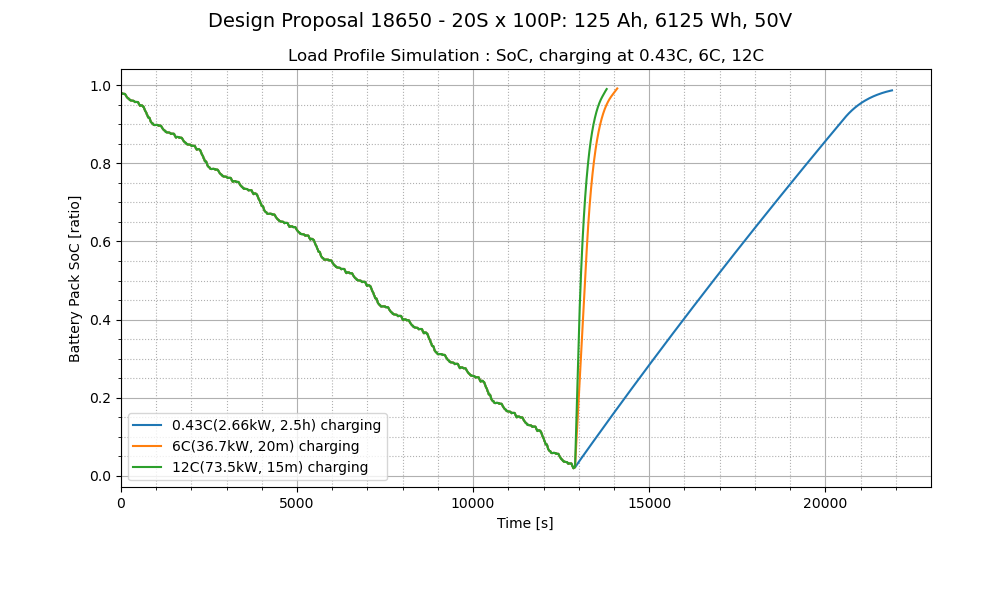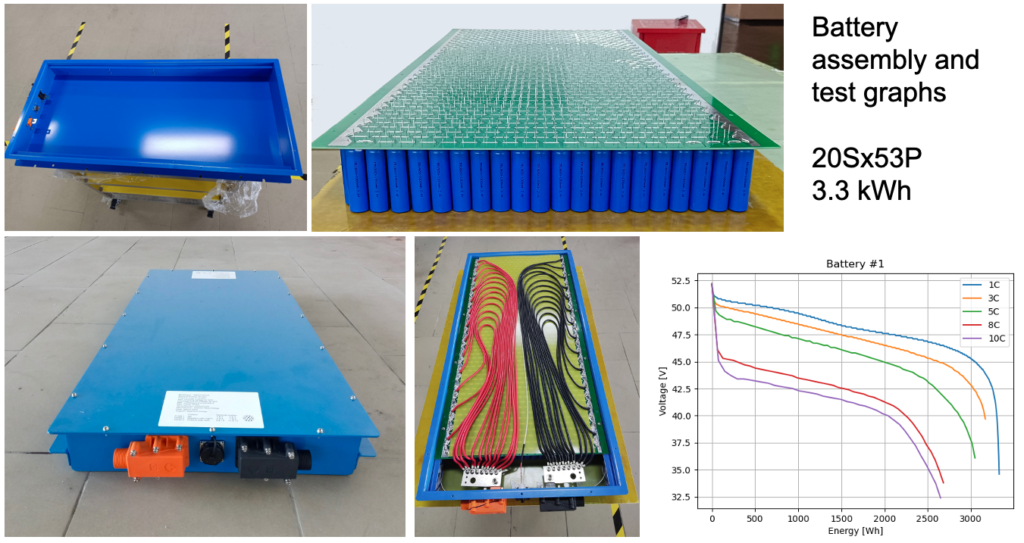Altreonic delivers powercapacitor batteries in H2020 MULTI-MOBY project
 Altreonic has now reached the milestone of delivering a powercapacitor battery in the Multi-Moby project. The aim is to demonstrate the use of powercapacitors in the I-FEVS light electric vehicles for urban use, in this case in the context of light logistic operations. These vehicles are powered by a 48V drivetrain (2 x motors of 7.5 kW) developed by Valeo.
Altreonic has now reached the milestone of delivering a powercapacitor battery in the Multi-Moby project. The aim is to demonstrate the use of powercapacitors in the I-FEVS light electric vehicles for urban use, in this case in the context of light logistic operations. These vehicles are powered by a 48V drivetrain (2 x motors of 7.5 kW) developed by Valeo.
Powercapacitors offer a high power density, hence a fast-charging capability in combination with many other advantages like safety (no-fire risk), simplicity and robustness (no BMS, no active cooling or heating needed), a high DoD (96%), and a long cycle life (20000 cycles). While the energy density of the selected 18650T cells is lower than of tradional LFP cells, this is compensated by the high power capability. Hence a smaller battery can be installed (reduces the cost and energy consumption) but it changes the operational profile. For example, the capacity can cover a distance of about 100 km (the daily average in urban environments) but can also be charged very fast (about 10 minutes) if the charging infrastructure allows it. This scheme is perfect for light urban logistics whereby a trip is often composed of short stretches (with a lot of accelerations and braking) and the driver taking short breaks from time to time.
 Based on these assumptions Altreonic conducted battery load simulations using adapted driving profiles. Driving profiles are typically speed-time or speed-distance profiles and must be mapped onto a power-time profile of the vehicle to take into account the parameters of the vehicle and the powertrain. The result is a power load profile (provided by the University of Surrey partner) that can be used with our battery load simulator. We selected a WLTC1 adapted profile as being representative of limited speed driving in a city. As a result, we opted to develop 2 battery modules of 3,3 kWh (66 Ah) capable of delivering 2 x 35 kW sustained. This leaves ample space in the battery to increase the capacity should this be needed but also allows to use of heavier motors for higher speed profiles.
Based on these assumptions Altreonic conducted battery load simulations using adapted driving profiles. Driving profiles are typically speed-time or speed-distance profiles and must be mapped onto a power-time profile of the vehicle to take into account the parameters of the vehicle and the powertrain. The result is a power load profile (provided by the University of Surrey partner) that can be used with our battery load simulator. We selected a WLTC1 adapted profile as being representative of limited speed driving in a city. As a result, we opted to develop 2 battery modules of 3,3 kWh (66 Ah) capable of delivering 2 x 35 kW sustained. This leaves ample space in the battery to increase the capacity should this be needed but also allows to use of heavier motors for higher speed profiles.
The simulation graphs show that 8 cycles of the modified WLTC1 driving cycle can be completed with some energy left (about 2 %). Total driving time is about 13000 seconds or over 3.5 hours. The currents in the battery are on average less than 0.5C, this means that the battery will not heat up. During these 8 cycles 0.6 battery life cycles are consumed (+ 0.5 for recharging). In practice, an urban vehicle will travel less distance per day and we can expect 2 to 3 driving cycles per day. Our next step in the project is to investigate the use of the second-generation cells.
More details at: https://kurt.energy/powercapacitor-batteries-for-h2020-multi-moby-project/
For a comprehensive overview of the Multi-Moby project, read the draft paper accepted for the upcoming TRA conference.

In the WLTC1 simulation, the battery was recharged at 0.5C, corresponding with a wall charger of 2.66 kW. Further WLTC1 simulations were done using fast charging at 6C (36.75 kW) and 12C (73.5 kW). All 3 charging scenarios on a single plot. It demonstrates the dramatic improvement by being able to charge fast, but also shows that charging at 6C is a good trade-off.
Below some selected pictures of the assembly process and test graphs of one of the battery modules.

Below a short movie of the integration in the test mock-up of the vehicle powertrain.
 Project supported by the European Commission.
Project supported by the European Commission.

Recent Comments